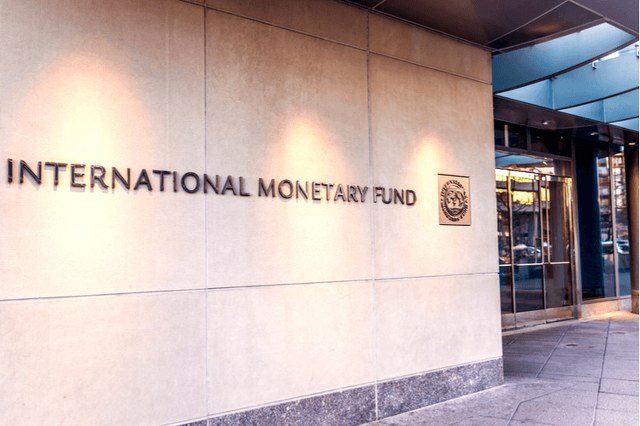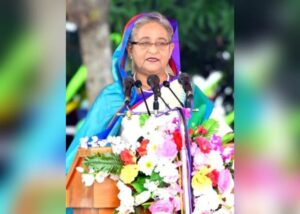India to be fastest growing major economy this year: IMF

IMF (File Photo)
United States: The International Monetary Fund (IMF) projects India to be the fastest growing major economy this year in a world plunged into a recession by the coronavirus pandemic, despite drastically slashing its growth rate to a paltry 1.9 per cent.
The World Economic Outlook (WEO) report released on Tuesday by Chief Economist Gita Gopinath expects India to rebound in the next fiscal year with a growth rate of 7.4 per cent, more than the projected 6.5 per cent in the January update.
The WEO presents a dark picture of the world with the global economy shrinking by 3 per cent this year.
It said, “It is very likely that this year the global economy will experience its worst recession since the Great Depression, surpassing that seen during the global financial crisis a decade ago. The Great Lockdown, as one might call it, is projected to shrink global growth dramatically.”
It also carried the caveat: “There is extreme uncertainty around the global growth forecast. The economic fallout depends on factors that interact in ways that are hard to predict.”
India and China, with a projected growth rate of 1.2 per cent, stand out with their pluses in a sea of minuses on the WEO chart of growth projections.
The developed economies, projected shrink by 6.9 per cent, bear the brunt of the downturn.
The US economy is to shrink by 5.9 per cent and the Euro area by 7.5 per cent, according to the WEO.
The report cut India’s growth rate for the last fiscal year to 4.2 per cent from the 6.1 per cent projected in last October’s WEO and 4.8 per cent in the January update.
Even that is one of the best performances among large economies, exceeded only by China withA6.1 per cent andAthe ASEAN zone with 4.8 per cent.
In October it had expected the nation’s economy to grow this fiscal year by 7 per cent, and in January it had cut it to 5.8 per cent.
The WEO is the IMF’s flagship report and is released at its Spring and Fall meetings.
The Spring meeting is being held this year in a virtual mode because of the social distancing required to prevent the spread of the COVID-19 pandemic and the travel restrictions.
The IMF released only the first chapter of the WEO and said the full report would be available next month.
The abbreviated report has the projections for only the major economies and does not include its analysis for individual countries or regions.
The report said that the priority should be to contain COVID-19’s contagion although these “necessary measures to reduce contagion and protect lives will take a short-term toll on economic activity.”
But they “should also be seen as an important investment in long-term human and economic health,” it added.
The WEO said that “dampening the impact of the shock on the most exposed households and businesses should rely heavily on temporary and targeted policies, including cash transfers, wage subsidies, tax relief, and extension or postponement of debt repayments” and noted that India has announced new food and cooking gas distribution and cash payments to poorer households.
The WEO projects consumer prices in India to increase by 3.3 per cent this fiscal year and by 3.6 in the next.
The current account balance is projected to fall by 0.6 per cent this year and by 1.4 per cent next year, according to the report.
IANS





